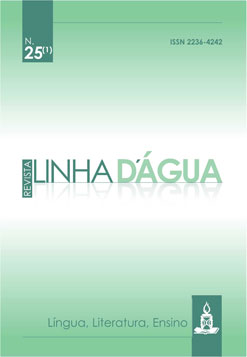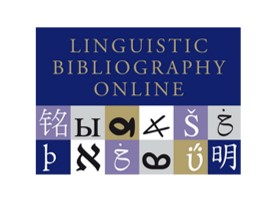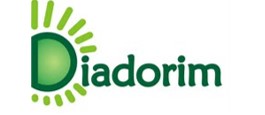LANGUAGE, CULTURE AND IDENTITY: THE PORTUGUESE LANGUAGE AS A SYMBOLIC IDENTIFICATION SPACE ON DOCUMENTARY: LANGUAGE – LIVES IN PORTUGUESE
DOI:
https://doi.org/10.11606/issn.2236-4242.v25i1p47-66Keywords:
Language, Linguistic Community, Culture, Identity ConstructionAbstract
Language as a social element is constitutive to every human being. Language gives each person, as well as to his or her own linguistic community, an individual and peculiar way to figure out the world and its surroundings. Language is influenced by several processes, including sociocultural and historical ones. If we say that each language may allow its speaker to do a very own world reading, a question about its language behavior in other continents arises. This way we were able to understand how sociocultural influences could improve the whole cultural identity construction process. Both defining linguistic communities and specifying social groups, language becomes a symbolic space of identification. The movie – Language- lives In Portuguese reunites Portuguese speakers reports around the world aiming to illustrate Portuguese language as a nations identity construction, autoafirmation and legitimation factor through social, cultural and historic processes. This study is based on the belief in such a kind of dialogism between Language and Culture. The sociolinguistic studies nowadays do not intend, as they used to, understanding or describing structural language aspects and very individuals ones, but especially to reflect upon relations among subject, language, identity, culture and history.Downloads
Downloads
Published
Issue
Section
License
The Editorial Board authorizes free access to and distribution of published contentes, provided that the source is cited, that is, granding credit to the authors and Linha D'Água and preserving the full text. The author is allowed to place the final version (postprint / editor’s PDF) in an institutional/thematic repositor or personal page (site, blog), immediately after publication, provided that it is available for open access and comes without any embargo period. Full reference should be made to the first publication in Linha D'Água. Access to the paper should at least be aligned with the access the journal offers.
As a legal entity, the University of São Paulo at Ribeirão Preto School of Philosophy, Sciences and Languages owns and holds the copyright deriving from the publication. To use the papers, Paidéia adopts the Creative Commons Licence, CC BY-NC non-commercial attribution. This licence permits access, download, print, share, reuse and distribution of papers, provided that this is for non-commercial use and that the source is cited, giving due authorship credit to Linha D'Água. In these cases, neither authors nor editors need any permission.
Partial reproduction of other publications
Citations of more than 500 words, reproductions of one or more figures, tables or other illustrions should be accompanied by written permission from the copyright owner of the original work with a view to reproduction in Linha D'Água. This permission has to be addressed to the author of the submitted manuscript. Secondarily obtained rights will not be transferred under any circumstance.










